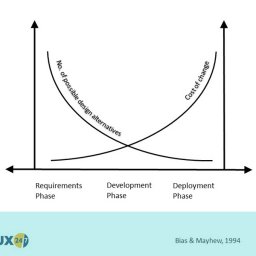
Two weeks ago, research was published in ‘The Conversation’, an independent source of news and views, that evidenced how websites are starting to look similar. The research looked at 10,000 websites across colour, layout and “AI-generated attributes” and concluded that between 2010 and 2016 layout differences declined over 30%. They go on to ask whether conformity is healthy noting that it is from an accessibility perspective as it can mean closer conformity with standards. It could, however, be bad news for UX research and for users’ experience.
People have been building websites for quite a long time now. The first web browser in the early nineties kicked of the web building discovery stage when people tried lots of different things, some succeeded and some failed. That should have lasted about 5 years or so, particularly in a brave new “connected” world, and best practices established, adopted – the norm.
Had good practice been established and adopted websites would have undergone more exposure to users during the build process. This is because there is plenty of evidence that says involving users throughout the development cycle:
- increases the design options available
- reduces the cost of change
- enhances conversion when live
- avoids unnecessary investment
- and more…
For some reason, where website, and now app, building is concerned, that didn’t happen industry-wide and so nearly 20 years on, we still need to convince people that involving users is of value. I hear often that “it’s OK, my U-Exer knows how to design for users”. But even User Experience Designers (UXD) need to see users actually interacting with their creations otherwise what is the “U” for ?
My fear with data that suggests increasing similarity in website design is that some will use it as another reason not to do research, not to involve their users. That would be foolish and no better illustrated than by web form design.
We know almost everything there is to know about web form design. There are books, websites, videos – design resources galore explaining every detail including well established best practice. And yet, we still find forms that do not reflect this knowledge base on a regular basis when doing research.
So, maybe all websites are becoming the same, but that doesn’t mean we are avoiding making the same mistakes we have always made.
If you would like to know more about how involving your users can help improve your digital product, get in touch on +44(0)800 024624 or email us at hello@ux247.com.

















[…] users’ behaviours, attitudes, and processes to provide insights into how they interact with sites, apps etc., why they do it, when, and how. They are conducted over an extensive period from days to […]